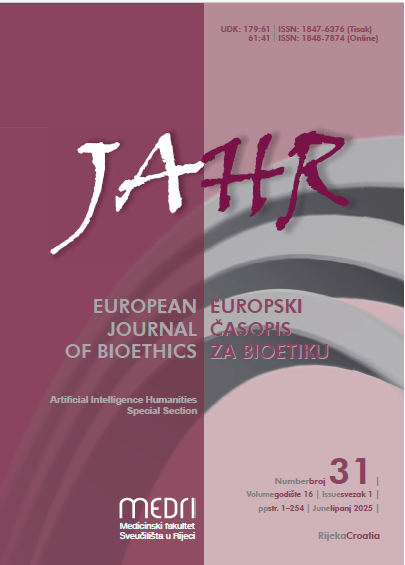Improving fine-grained emotion classification using LLMs through sequential learning of emotions
Keywords:
Emotion Classification, Sequential Learning, Fine-grained Classification, Large Language Model, Affective ComputingAbstract
https://doi.org/10.21860/j.16.1.13
This study proposes an approach to improving emotion classification performance by introducing a Sequential Emotion Learning (SEL) method. Conventional learning methods often struggle with fine-grained emotion categories. To address this, the SEL approach first trains the model on seven basic emotions, which are relatively easier to classify due to their clear distinctions. The model is then fine-tuned using 24 more nuanced emotion labels, enhancing its ability to tackle complex emotion classification tasks. Experimental results suggest that the SEL method performs better than the baseline, achieving higher accuracy from the early stages of training. The SEL model also reaches its peak performance relatively quickly and shows improved classification capabilities on unseen, general sentences, indicating its robustness across different text scenarios. These results suggest that the SEL method can effectively improve emotion classification, particularly in tasks that require distinguishing complex emotions. This sequential learning approach offers a potential advantage over traditional methods and may be applied to other domains that involve intricate classification tasks. Future research can explore the generalizability of this method to other classification problems to further enhance its utility.
Downloads
Published
Issue
Section
License
Authors who publish with this journal agree to the following terms:
- Authors retain copyright and grant the journal right of first publication with the work simultaneously licensed under a Creative Commons Attribution License that allows others to share the work with an acknowledgement of the work's authorship and initial publication in this journal.
- Authors are able to enter into separate, additional contractual arrangements for the non-exclusive distribution of the journal's published version of the work (e.g., post it to an institutional repository or publish it in a book), with an acknowledgement of its initial publication in this journal.
- Authors are permitted and encouraged to post their work online (e.g., in institutional repositories or on their website) prior to and during the submission process, as it can lead to productive exchanges, as well as earlier and greater citation of published work (See The Effect of Open Access).



